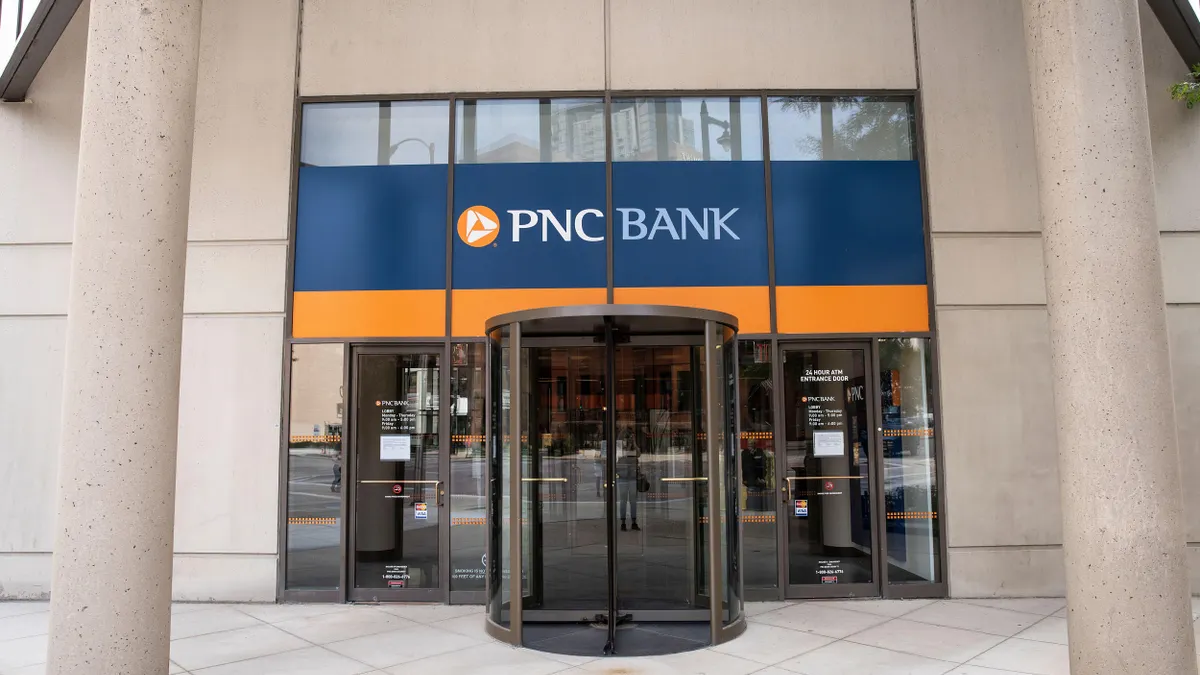Regulators need to act on proposed mergers and acquisitions in a timely manner to offset consequences that might affect the firms involved, Federal Reserve Gov. Michelle Bowman said Monday.
Those include increased operational risk, additional expenses of running two institutions in the parallel long term, employee retention and perceived reputational risk, she said.
“Recently, we have seen an increase in average processing times in the merger review process,” Bowman said, adding that further delays “will become the new normal.”
Bowman’s comments run counter to a July 2021 executive order, in which the Biden administration demanded “more robust scrutiny” of mergers. Since then, multibillion-dollar mergers, in particular, have faced public hearings attended by community groups and representatives of the Fed and the Office of the Comptroller of the Currency.
The 11 merger applications that received adverse public comments in the first half of 2022 were approved in 197 days, on average, compared with 65 days for proposals that did not receive public comments, Bowman said Monday, citing a semiannual Fed report on banking application activity.
Though the review framework for all the applications is the same, the facts that govern community bank mergers and deals involving larger institutions vary significantly, Bowman said.
Filling the information gap with clearer guidance on the Fed’s expectations could help alleviate the problem, Bowman said. Further, increased transparency between regulators and banks helps ensure there are no surprises when applications are reviewed, she said.
But the application process is not a substitution for rulemaking, Bowman emphasized.
Sometimes the two have appeared to intertwine at the Fed. When the central bank approved U.S. Bank’s $8 billion acquisition of MUFG Union Bank in October, it also proposed requiring that banks with $250 billion to $700 billion in assets carry long-term debt that could be converted into equity in the event of failure.
“I continue to believe that the application process should not be used as a substitute for rulemaking,” Bowman said Monday. “If the rules applicable to a firm or group of firms needs to be updated, we should follow the rulemaking process to update those rules.”
Bowman in October supported the approval of the U.S. Bank deal, but said the Fed’s proposal was problematic in that it would force U.S. Bank to reclassify in a different category, with stricter guidelines, in 2024, when it submits its next resolution plan. Reclassification, Bowman asserted, should stem from concern over financial stability, not a predetermined time frame.
Other regulators, such as the OCC’s acting chief, Michael Hsu, have touched on the need to update the framework that is used to analyze bank merger applications.
Bowman, for her part, also said Congress has “recognized the need for prompt action [on bank applications], imposing a variety of time limits” for agencies.
Bowman on Monday also noted the importance of tailoring, a key feature in the response to the 2008 financial crisis.
She said tailoring “helps us adopt meaningful differences in regulatory requirements and supervisory expectations, depending on the size and complexity of the regulated institution, from the largest [global systemically imporrtant banks] to the smallest community banks.”
“This tailored approach manifests itself across the spectrum from the stringency of capital requirements, the regulatory reporting obligations, and the frequency of examination, among many others,” she said.
Bowman said she expects the Fed board to devise new capital requirements for the largest institutions, including the Basel III “endgame” reforms, but not all firms will be subjected to the change. She stressed there were no plans to propose changes to the community bank capital framework, which she said is “functioning well.”
Tailoring helps distinguish a firm by size, risk and complexity, thereby imposing appropriate regulatory requirements based on these differences, Bowman said.
“This very intentional approach accomplishes utility and efficiency, for both regulators and the regulated institutions, that would be otherwise impossible,” she said. “Tailoring our regulatory approach enables us to strike an appropriate balance for each relevant bank tier, with requirements that address risks, including financial stability risks, while recognizing the costs of over-regulation.”




















